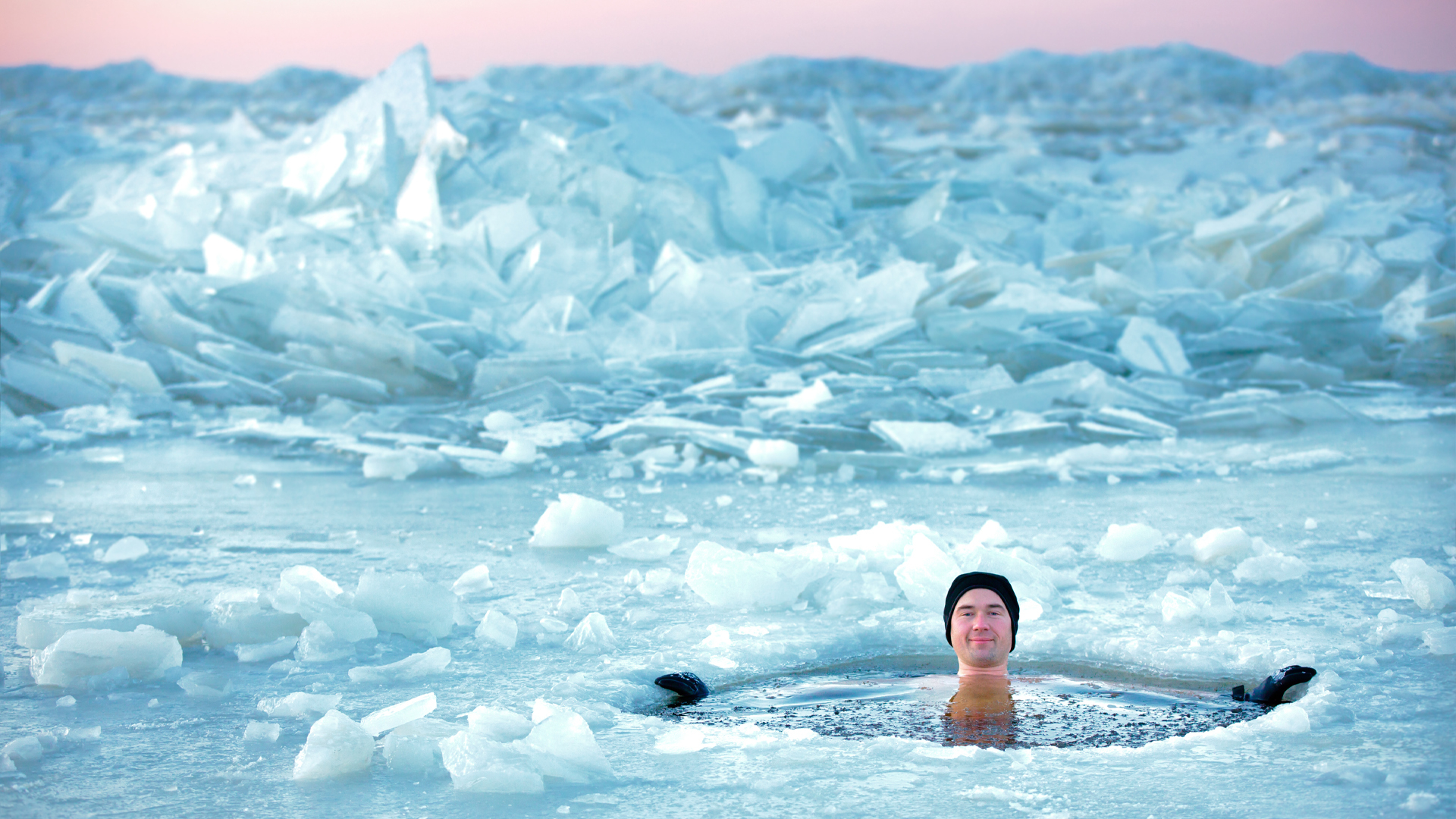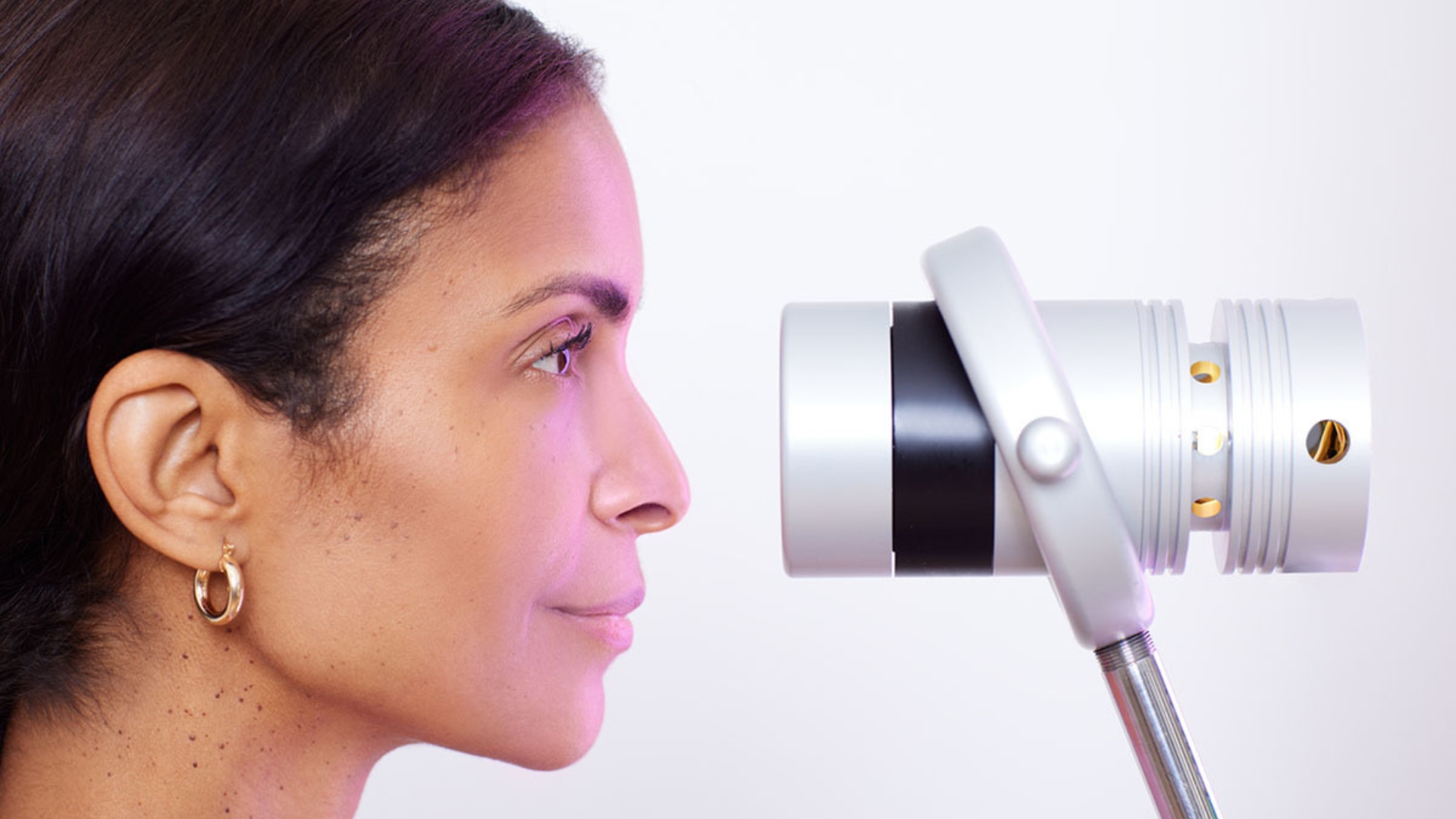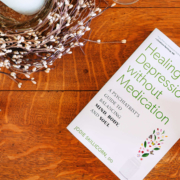Taking the Cold Plunge: Is It Right For You?
Picture gingerly lowering yourself into a one-person hot tub, only the water’s not a pampering 100 degrees, it’s mind-numbingly cold. Mercifully, the wellness trend of cold plunging does not involve immersing your head; that would be outright masochistic and dangerous.
But even sans-tête, do you think you would be able to control your breathing for a few minutes? Would you be able to enter a Zen, trance-like state in a cold water bath in temperatures as low as 35 degrees? (That’s Fahrenheit, in case you were wishfully-thinking celsius.)
The Cold Plunge Origin Story
Despite being viewed as a novel therapy, cold water immersion is as old as the written word. According to a 2006 article published in The European Journal of Neurosurgery, “the Edwin Smith Papyrus, the most ancient medical text known, dated 3500 B.C., made numerous references to the use of cold as therapy.”
Thanks to a Dutchman named Wim Hof, cold plunging has become one of the hottest, er, coldest health trends over the last several years. Hof dealt with the grief of his wife’s suicide in 1995 by shocking his body through cold water immersion. The Guinness World Record holder for swimming under ice, Hof also holds record times for running marathons on ice and snow, barefoot, no less. His story of redemption and legendary feats has inspired thousands of people all over the world to become Wim Hof-certified cold plunge instructors.
What are the benefits of immersing in a cold plunge tub? Are the benefits backed by research and is it really more beneficial than sitting in a relaxing sauna? And are there any health risks associated with it?
What Are The Benefits of Cold Plunges?
Proponents say that cold water therapy offers several benefits, including:
- Improves the immune system
- Enhances muscle recovery
- Eases muscle soreness
- Supports mental health
- Lowers pain and inflammation
But is there evidence to support these claims?
Scientific evidence is not lacking, however, studies have been mostly limited. For instance, a study referenced by Discover examined the health of 49 cold-water swimmers from Finland compared to 33 non-swimmers. After four weeks, the cold-water plungers reported a significant decrease in tension and fatigue, as well as an improvement in mood and memory. In addition, a subset of the swimmers with arthritis and other conditions associated with joint pain experienced less pain than the control group.
Discover also references a study published in QJM: An International Journal of Medicine, which concluded that a group of 85 German cold-water swimmers, experienced 40 percent fewer episodes of upper respiratory infections than the control group. The swimmers’ blood samples had elevated levels of antioxidants in comparison to the non-swimmers.
An hour-long YouTube video presented by the University of Cambridge and the UK’s Dementia Research Institute suggests that cold water swims may have protective effects against dementia.
But you don’t have to be Wim Hof or even Michael Phelps to derive any possible benefits from cold plunging. For instance, Discover points to a case study published in the British Medical Journal in which a woman with severe clinical depression was able to cease taking antidepressant medications because of weekly cold water swims.
If there are any benefits of cold water immersion therapy, Wim Hof-inspired cold baths, require no swimming. The act of cold plunging in an ice bathtub is more akin to Buddhist meditation, with the goal of sitting still and focusing on calming the breath. This is hard enough for many people to do in temperate conditions, let alone in nearly-freezing water up to your neck.
Cold Plunge For Blood Circulation & Pain
Of all the possible benefits of cold exposure, soothing muscle soreness may be backed with the most evidence, says Cedars-Sinai. But you don’t necessarily need to take a cold bath to mitigate pain. Cedars-Sinai explains that when immersed in cold water, your blood vessels constrict so there’s less blood flow to the area. This leads to a reduction in swelling and inflammation, and consequently, less pain.
In other words, an ice pack may be just as effective. But if you have systemic pain and inflammation, perhaps there is some benefit from immersing the entire corpus, including the head, if you’re swimming and without, if you’re “only” doing an ice tub soak.
Cold Water Therapy Vs. Sauna
Saunas are certainly more pleasurable for most people than cold plunges. But which side of the thermometer does research support? Ice baths constrict blood flow in the vessels, whereas saunas expand the blood vessels, which increases circulation. Thus, which approach is superior for, say, managing pain?
From a hypothetical Traditional Chinese Medicine (TCM) approach, cold baths play second fiddle to sauna therapy when it comes to alleviating muscle pain and inflammation. That’s because, in TCM, inflammation is not considered an enemy; it is part of the body’s normal healing process. While TCM acknowledges that Yin energy (cold) can deaden pain, it only does so temporarily, at the expense of delaying the body’s healing process. Using cold for pain also has a pernicious side effect, according to TCM philosophy. It creates blood stasis, which is the Western equivalent of poor blood circulation. Blood stasis shunts the flow of Qi (vital energy) throughout the body.
However, if there is one area where cold plunge therapy outshines saunas, it may be weight loss. Some research shows that cold showers and other forms of cold water immersion burns “brown fat” in the body. As opposed to white fat, which is the stored visceral body fat that surrounds organs, brown fat is produced when the body is subjected to cold temperatures in order to maintain body heat. The research on whether burning brown fat can reduce body weight is mixed, however, some studies note positive effects on metabolism.

Is Cold Plunging Bad If You Have A Heart Condition?
You may think that gingerly immersing into a cold plunge tub could lead to myocardial infarction. After all, when seeing newspaper images or video footage of jolly, practically naked overweight people taking part in a polar bear plunge in the ocean on New Year’s Day in subfreezing temperatures, it conjures the question, “Why aren’t they dropping like flies?”
Indeed, more people seem to die in colder conditions. A 2018 study published in the journal, Temperature says, “Globally, a higher occurrence of cardiovascular morbidity and mortality during the cold season or in association with prolonged periods of unusually low temperatures (cold spells) have been documented.
Reports such as this one by Harvard Medical School caution that cold plunging constricts blood vessels, which may have deleterious cardiovascular effects, increasing blood pressure and heart rate, for instance. It’s too early to tell if the recent renaissance of cold immersion therapy has been a boon to cardiologists. However, Harvard suggests the shock of cold exposure in an ice tub or a subarctic swim may cause chest pain (angina) due to decreased blood flow to the heart.
But surprisingly, there is evidence to suggest that cold plunges pose no serious risk to the cardiovascular system. A 2016 Finnish study published in the European Journal of Preventive Cardiology measured the effects of a head-out, cold-water immersion in 37 male participants, of which 25 had either chronic heart failure or coronary artery disease (12 healthy subjects were in the control group).
The results of the study found that cold plunging “did not provoke an excessive increase in adrenergic activity or complex arrhythmias.” This means that the cardiovascularly-compromised test subjects did not experience a surge of adrenaline (a stress hormone) that could stress the heart or produce an abnormal heart rhythm.
However, there’s a catch to the study. Prior to the 57-degree water submersion, which is relatively balmy in comparison to a water temperature of 35 degrees (the lower end of Wim Hof-inspired cold plunges), the test subjects sat in a sauna for two rounds.
Interestingly, the cardiac output (the amount of blood the heart pumps per minute) and heart rate did significantly increase in all three groups, with the exception of the patients with coronary artery disease after sauna exposure. As for blood pressure, all three groups experienced significant increases in their systolic measurement (the higher reading of blood pressure, e.g. 120/80) after doing the cold plunge.
Is Cold Plunging Worth It? Conclusion
Should you spend your hard-earned money on an inflatable cold plunge tub for your backyard? Whether or not you want to deal with the hassle of busting out your garden hose and setting up a DIY cold bath tank is your call.
Perhaps there are some health benefits of cold plunges. But then again, maybe those perceived benefits are only for those that are already in good health?
If you have any health concerns or diagnosed conditions, ask your doctor or health professional whether cold plunges are right for you.
Disclaimer: The statements made in this article have not been evaluated by the Food and Drug Administration. Any products or treatments mentioned are not intended to diagnose, treat, cure, or prevent any disease. Please consult a licensed medical practitioner for medical advice.
At Innovative Medicine, we believe in transparency. We want you to know that we may participate in affiliate advertising programs pertaining to products mentioned herein.
See how we can help you restore complete health of body, mind & spirit.
Join our mailing list and receive exclusive offers + information!







Leave a Reply
Want to join the discussion?Feel free to contribute!